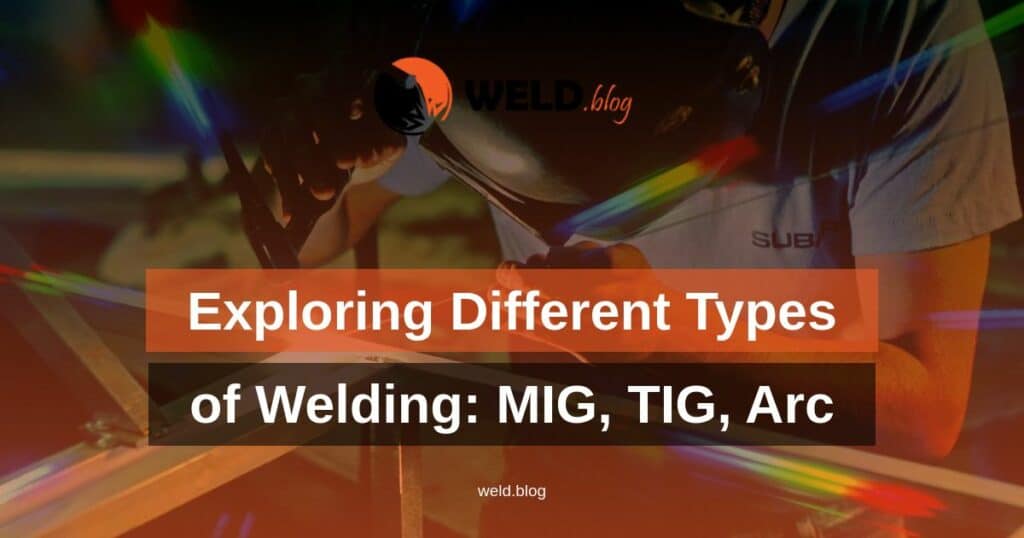If you’re looking to join two pieces of metal together, welding is the process you need. While welding may seem like a simple concept, there are actually many different types of welding processes to choose from. Some welding processes are better suited for certain metals, while others are better suited for certain projects. In this article, we’ll explore some of the most common types of welding processes and their unique features.
MIG Welding
Metal Inert Gas (MIG) welding is a popular welding process that uses an electric arc to melt and join metal pieces together. MIG welding is versatile and can be used on many different metals, including stainless steel, aluminum, and mild steel. This type of welding is preferred for large projects that require high productivity, as the process is fast and efficient. MIG welding also produces clean and spatter-free welds, making it a good choice for aesthetic projects.
- Pros
- Fast and efficient
- Clean welds
- Can be used on many different metals
- Cons
- Not suitable for outdoor welding
- May require gas shielding
TIG Welding
Tungsten Inert Gas (TIG) welding uses a tungsten electrode to create an arc that melts the metal being welded. TIG welding is known for producing high-quality welds, making it a popular choice for precision welding. The process is versatile and can be used on many different metals, including non-ferrous metals like aluminum and titanium. TIG welding requires a steady hand and a lot of skill, making it a good choice for experienced welders.
- Pros
- Produces high-quality welds
- Can be used on many different metals including non-ferrous metals
- No spatter or cleanup required
- Cons
- Slow process
- Requires a lot of skill
- Not suitable for welding thick metal
Arc Welding
Arc welding is a process that uses an electric arc to melt and join metal pieces together. This type of welding is commonly used in construction and fabrication jobs. Arc welding can be done with or without gas shielding, but it is generally slower than other welding processes. Arc welding can be used on many different metals, making it a versatile choice.
- Pros
- Can be done with or without gas shielding
- Can be used on many different metals
- Good for construction and fabrication jobs
- Cons
- Slower processes
- Produces spatter that requires cleanup
- Not suitable for thin metals
Stick Welding
Stick welding, also known as Shielded Metal Arc Welding (SMAW), is a process that uses a flux-coated electrode to create an electric arc. The flux coating creates a shield around the weld, protecting it from contaminants in the air. Stick welding is a versatile process that can be used on many different metals, including steel, cast iron, and nickel alloys. Stick welding is also a good choice for outdoor welding, as it can be used in windy or wet conditions.
- Pros
- Can be used on many different metals
- Produces strong welds
- Can be used in outdoor welding
- Cons
- Slow process
- Produces slag that requires cleanup
When it comes to welding, there are many different types of processes to choose from. The process you choose will depend on your specific project and the type of metal you’re working with. MIG welding is a good choice for large projects that require high productivity, while TIG welding is a good choice for precision welding. Arc welding is a versatile process that can be used on many different metals, and stick welding is a good choice for outdoor welding. No matter what type of welding you choose, make sure you have the proper safety equipment and follow all safety guidelines.

